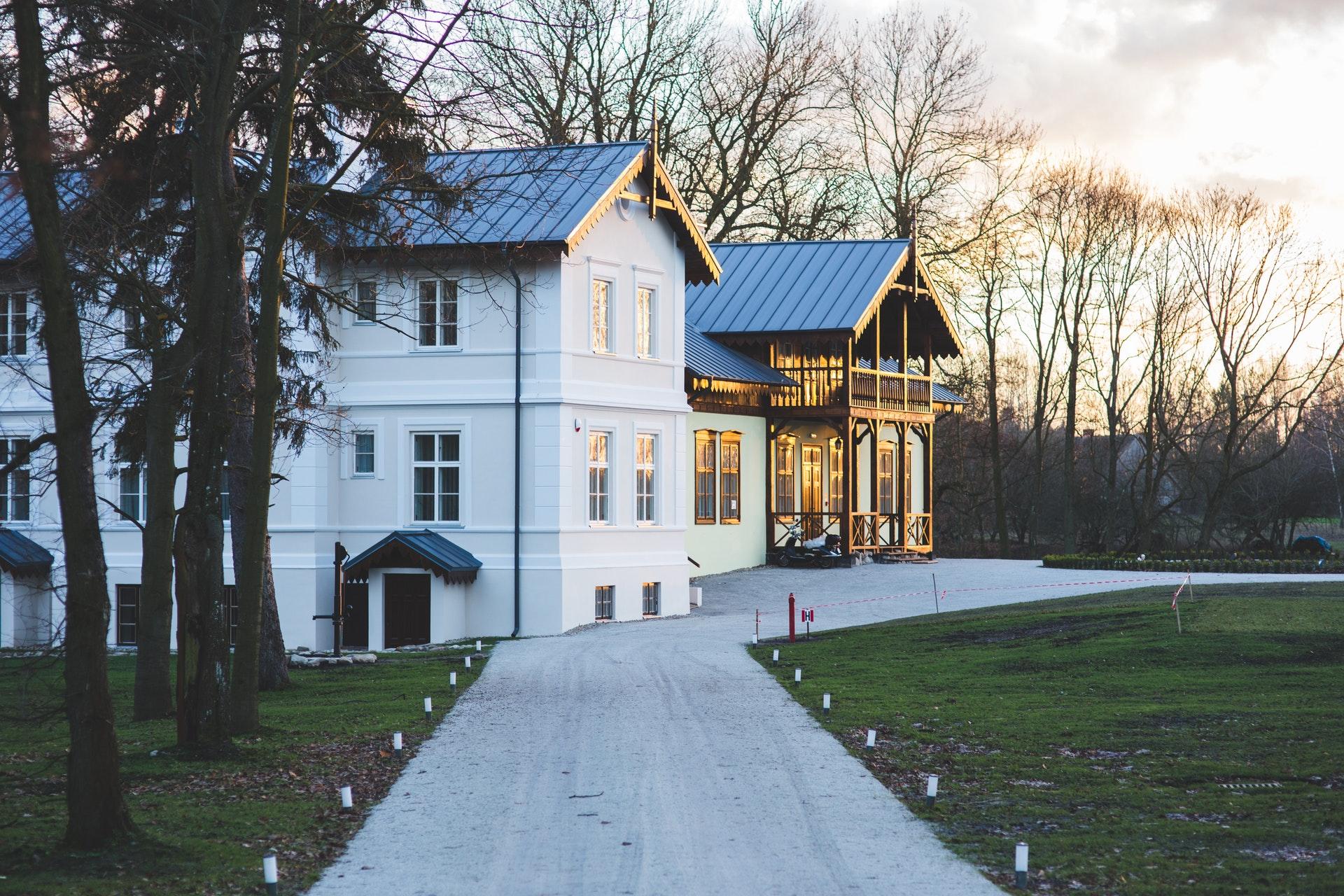Damaged Shingles:
A single shingle damaged because your curious 14-year-old wanted to know what shingles are made of is no big deal, but a number of damaged shingles on various spots on your roof is a sure sign of an impending leak and in some cases a failing roof. There are other issues with shingles that you should be looking out for if you find broken shingles, such as:

- Curling or Bucking Shingles: Curling or buckling shingles, especially on the side of the house that gets the most light is a sure sign that your roof has outlived its usefulness. If your roof shingles have lost a large majority of their granules, the sun’s ultraviolet rays play havoc with them and make them buckle and curl. Time to call a roofing professional.
- Eroding Valley: If the shingles in the valley of your roof are eroding, it’s a sure-shot sign that you may need a new roof. Having buckled or damaged shingles in the valley means that either there has been water seeping through the valley or is about to, introducing water into the most vulnerable areas of your house.
- Shingle Granules in your gutters: A few shingle granules sporadically in your gutter is no big deal, but a consistent glut of them may be a worrisome sign of rapid decline in your roof’s health. The shingles rapidly lose their granules when they are close to the end of their life. Examine your roof line in the later part of the day and see if you find darker or inconsistent spots on your roof. This is a clear sign that the granules have worn away from your shingles.
Ceiling Stains:
A stain on the ceiling inside of your house is also an alarming sign that your roof is failing and it needs to be inspected or worse replaced. The cause of the roof stain may very well be a plumbing leak, but if there is no plumbing located above the location or the stain or the location is directly under the roof it may be a cause for concern.

Water Spots Along the Wall:
When the ceiling stains are ignored the damage gets even worse, especially after the rains, the issue often is a problem with flashing on the roof. This time around though it’s not the flashing around the chimney instead it is the one where two different sidings or roofing materials butt together and leave gaps.
Chimney Flashing:
If you have a brick chimney in your home, an improperly secured or rusted-out chimney flashing is a clear sign of a failing roof. In case you have tar or roof cement doing the waterproofing work, it might be a good idea to replace it with metal flashing even if you do not need to replace the whole roof. This will ensure long-lasting watertight protection against leaks.

Leaking Roof in Times of Temperature Fluctuation:
When the temperature fluctuates between unseasonably warm and cold your roof leaks and forms what are known as “Ice Dams.” This happens when your roof is no longer properly ventilated and the heat from the attic melts the snow from the top of your roof, only to have it ice over your gutters and create a problem. This phenomenon has pulled apart and damaged roofing material due to rapid heating and cooling and thus allowing the moisture to get back into the inner layers of your roof.
Cracking Shingles:
If you have asphalt shingles this may come as a surprise. You checked off all the other signs that may spell trouble for your roof, but none of them check out. Are you finding granules in the downspouts? No! Are the valleys eroding? Niet! Are the shingles curling or buckling? Nope! So, what is making these shingles crack? Apparently, things look okay, but the reality is that your roof is so old that the granules have already worn away. The granules act as a protector for your shingles from the sun’s harsh UV rays and once they are washed away the shingles begin to crack after exposure to heat and direct sunlight.
Age Of Your Roof:
This is one of the most indicative of all the reasons why your roof is failing. An average roof is made for a life of 20-25 years and if your roof is over 20 years old chances are that no amount of patching, fixing, or waterproofing will do the job of investing in a new roof and maintaining it for the coming two to three decades.
So, what can you do if you get these signs or the beginning of these signs? Well, if your roof has already seen 20 or 30 good years of service, you’re doing great! In fact, you’ve got a few dollars out of the man’s pocket. However, if it has been less than a few years there is a lesson to learn here. Here are a few things to check regularly to have a longer roof life check out our other blog posts to educate yourself about roof cleaning, maintenance, and care and to ensure a better bang for your buck in the future.


